Twelve years ago our home in Jèrri was in St Cliément. This time around we live in Ste Mathie, coincidentally across a field from where I lived with my grandparents as a child, and I can see their old house from the kitchen window when I am washing the pots. I have vague memories of walking the lanes (les ruelles) around the area with Granny and Pops and I am pretty certain that my aversion to fluttery insects (moths in particular) transpired as a result of our visits to the old Butterfly Farm at Haute Tombette. I have one distinct memory of an enormous tropical species flying directly at my face, changing course at the last second and landing on Pops’ shoulder, much to my dismay and his delight. Small harmless flying creatures were of no concern to someone who had had so much to be fearful of during his life already. Pops loved to be in his garden and his cultivation ensured an array of blooming colours throughout the year, attracting a host of tiny visitors. I remember crouching with him next to bright orange marigolds and watching in awe as he gently stroked a bumblebee (un bourdon) with an enormous index finger.
Now we are back on the Island my mission is to go everywhere and explore every inch of it. I want to know as much as possible about it. I want to know what it was like to live here when my grandparents and great-grandparents were alive and I want my son Harry to appreciate its rich history and vibrant culture.
Earlier this week we found ourselves at Devil’s Hole (La Touothaille) looking at lé dgiâbl’ye minus its hands and standing slightly off kilter in the shallow green water. I swear the statue was three times the size 30 years ago and much more frightening. I remember tugging at Pops’ hand to get past it as quickly as possible for fear it would step out of the water and chase us over the cliffs. I wonder if the original devil, a wooden figurehead from a 19th century shipwreck, was as terrifying. Remnants of the old steps leading down into the hole are still visible and I am amused by the thought of Victorian ladies and gentlemen climbing down rickety wooden ladders in their Sunday best.
Our plan was to take advantage of the sunshine and walk over to Sorel (Souothé) for a picnic. It was a brilliantly clear day and as I took in the view of the Paternosters (les Pièrres dé Lé) against the backdrop of the other Channel Islands (les Îsles d’la Manche) I wondered why we had so seldomly walked this part of the coast when I was a child, or indeed an adult the last time we lived here. Les Pièrres dé Lé were responsible for the wreck of a ship carrying families across to colonise Sark (Sèr) in the 16th century and I am curious as to whether it is really possible to hear the screams of drowned mothers and their children around this area with the approach of a storm.
We found the ruins of a building in the stunning Vallée des Mouothièrs, which I assumed to be an old farm house. I have since found out it used to be a knackers yard and bone crushing mill, dismantled in the 1940s. This knowledge informs a very different image to the idillic view we encountered of a family of ducks (des cannards) navigating a clear bubbling stream leading down to a waterfall into the sea. Instead I am struck by the sounds and smells of slaughter and the sight of reddish-brown water with the air full of bone dust.
A short climb out of the valley and we were greeted with the sight of the great vantage point that is Souothé. Seagulls (des mauves) swooped in and out of the cove below and red-billed choughs flew overhead. The Souothé headland is scarred with concrete and Harry was keen to explore the remains of a gun placement, strategically positioned to take advantage of the sweeping view of the north-west coast. Harry traced the circle of concrete, imagining where the gun would have pointed and the distance it would have been able to fire. As children we did the same. We swayed from indifference to fascination when it came to the Island’s German fortifications; walking and climbing over them, jumping off them and where possible exploring inside them, with no real idea about what they symbolised. The degree of separation Harry has from the Second World War is increasing year on year. With the Occupation now just one generation away from living memory I realise it is more important than ever to use the reminders on our landscape to teach him about the consequences of intolerance and hatred.
With the warm air almost completely still the sound of Ronez quarry rumbled up the cliffs to join us as we sat up high and ate our picnic. Harry and his cousin Norah chomped on strawberries and cakes and I gazed back at the thick slice of deep golden sand cutting into the dark jagged cliffs of Grève dé Lé and mused at how much hidden history there is in just 1.2 miles of cliff path.


